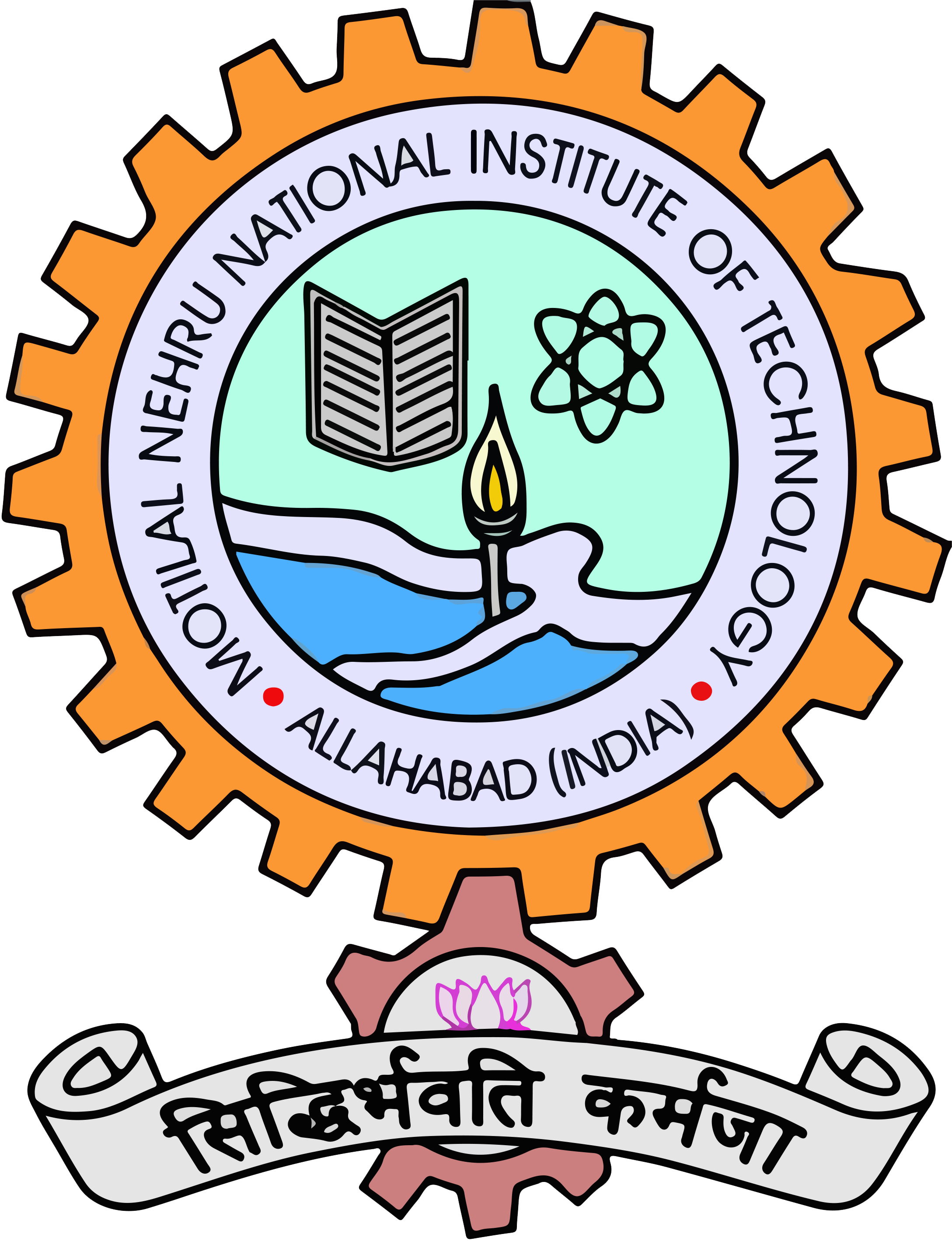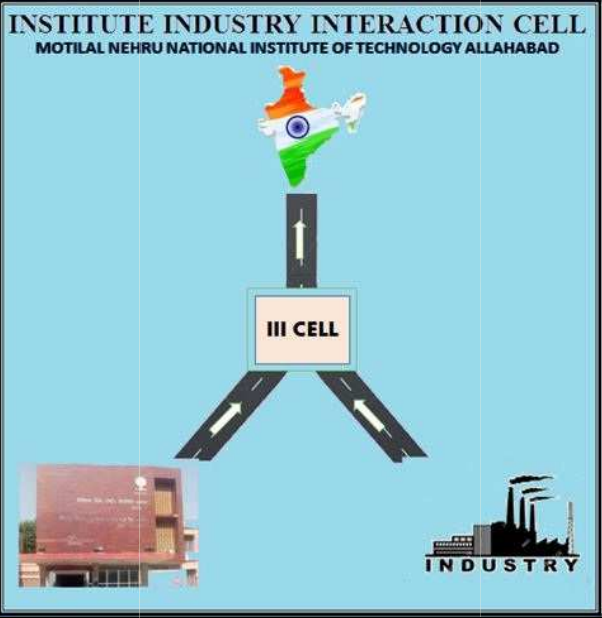
laLFkku m|¨x ijLij fØ;k Ád¨"B
e¨rhyky usg: jk"Vªh; Á¨S|¨fxdh laLFkku bykgkckn
Á;kxjkt - 211004 ¼Òkjr½
Á;kxjkt - 211004 ¼Òkjr½
Institute Industry Interaction (III) Cell
Motilal Nehru National Institute of Technology Allahabad
Prayagraj - 211004 (India)








